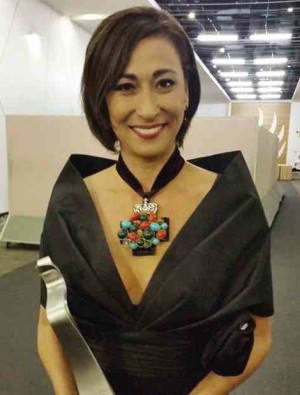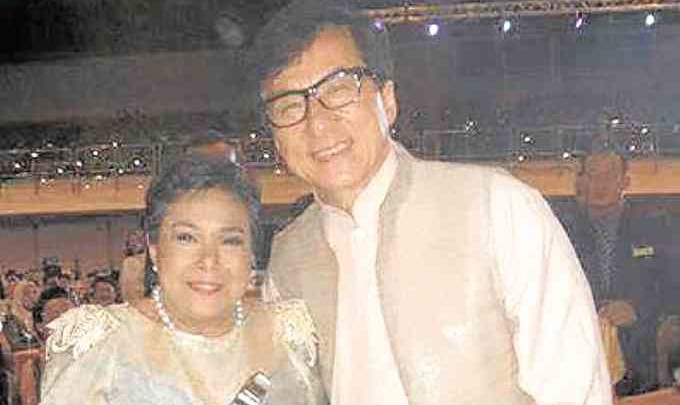Unity in Asean cinema’s diversity
Festival director Livan Tajang proudly admits that she is quite familiar with Filipino movies.
Beyond her work curating the Asean International Film Festival and Awards (held every two years in Kuching, Sarawak, Malaysia), she has followed the works of several world-renowned Filipino artists on her own.
“I have seen Filipino movies which may not have been shown at the Aiffa, but have won in other countries,” she tells the Inquirer. “I love Nora Aunor’s movies, such as Brillante Ma Mendoza’s ‘Thy Womb.’ She is a brilliant and highly versatile actress. Director Lav Diaz produces groundbreaking work, too.”
The Aiffa gave Aunor the Lifetime Achievement Award in 2015—the same honor previously given to Malaysian actress Michelle Yeoh.
Aunor has been invited as “guest of honor”—along with Cannes best actress Jaclyn Jose (as lecturer), Cinema One head Ronald Arguelles (lecturer) and filmmaker Raymond Red (jury member)—to this year’s fest, to be held from May 4 to 6.
Article continues after this advertisementTajang speaks highly of Philippine cinema, which she describes as “among the most prolific in the region—not only in terms of quantity, but also when it comes to quality.”
Article continues after this advertisement“We have had many winners from the Philippines in many categories (like Cherie Gil for best actress and Joseph Laban for best director in 2015) and its filmmakers are also among the most supportive, judging from the high number of entries in every festival,” she relates.
At press time, she reports that the festival has received 40 film entries from the Philippines.
Tajang flew to Manila recently, for the fest’s regular road tour. “We usually visit major Southeast Asian cities, to inform filmmakers and the media about the activities of Aiffa. We also take the opportunity to update filmmakers and invite guests to the festival.”
A new addition to the fest is the Aiffa Biz—an event where Asean filmmakers will be given the chance to pitch their new projects for content financing under the partnership of Aiffa and Southeast Asian Audio-Visual Association.
Apart from the three-day screenings of nominated films, the fest will also mount a program dubbed Café Crawl, where different delegates and experts can network and discuss moviemaking.
Tajang waxes optimistic about the potential of Southeast Asian cinema.
“The region has been coming out with high-quality films of late,” she notes. “However, we are usually exposed only to our own country’s films. Aiffa aims to be a venue—providing a platform where we can work together and penetrate each other’s markets.”
She points out that Southeast Asia offers a huge, untapped potential audience (comprised of 600 million people) for the region’s filmmakers.
“We need to work together, to create films together…so we can market our films throughout the region,” she asserts. “There are many film events in the region now, providing various opportunities…The only way to move forward is to collaborate with each other.”
Tajang envisions Aiffa as the “region’s premier festival.”
“We now provide financing and hope to include marketing and distribution among our programs in the future,” she explains.
But the festival’s continuous growth can only be attained with the help of the stakeholders, she acknowledges. “The region’s filmmakers can make it happen. We are glad that different countries, particularly the Philippines, have always been supportive.”

